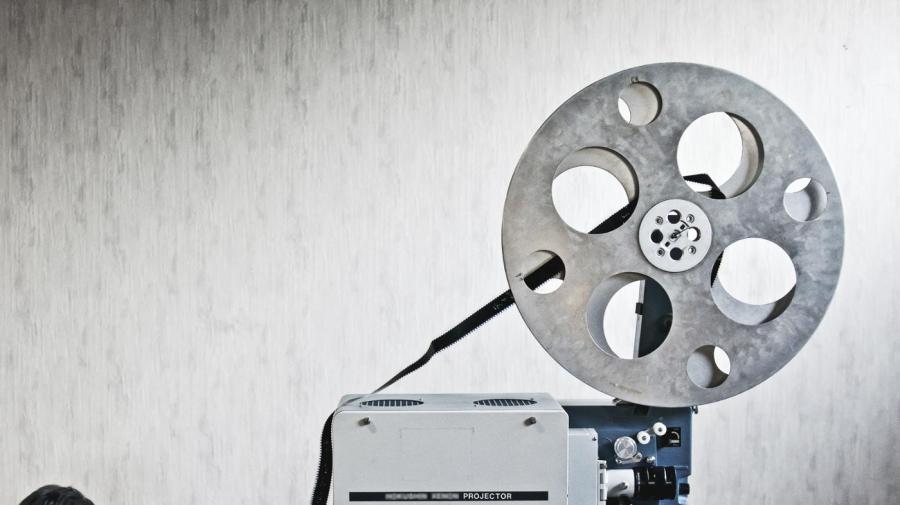What Is Computer Output Microfilm?

Computer output microfilm is the product of copying information from electronic media onto microfilm. COM technology, with a history that dates back to the first patent for microphotography in 1839, has been used for document and newspaper archival since the 1920s. And, with the advent of the personal computer, computer-produced microforms are becoming more popular for non-library use, such as storing catalogs and patient records.
An important advantage to using computer output microfilm for document archival is its storage capacity. The Indiana Commission on Public Records states that a single microfiche card can hold 230 images, and a 1-cubic-foot storage box, containing 6,000 cards, can hold 1,380,000 images. The commission concluded that if each of these images were to be printed on a single sheet of paper, their storage would require 460 boxes, as each would only hold 3,000 pages.
In addition to increased storage efficiency, the commission found that newer COM technology offers superior image quality at a cost that is comparable to that of paper printing. If their per-sheet cost of printing a black-and-white document on standard-sized paper from a centralized printer is 3 cents, the same document could be produced on COM microfiche for 0.003 cents per sheet. These figures do not include the additional cost reduction from savings on storage space.





